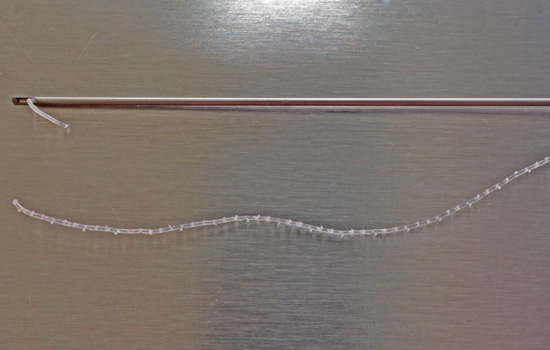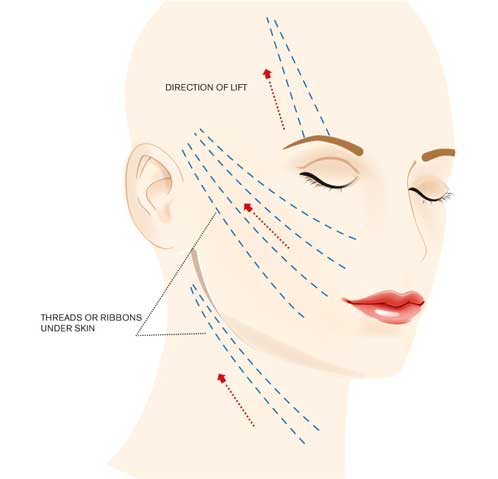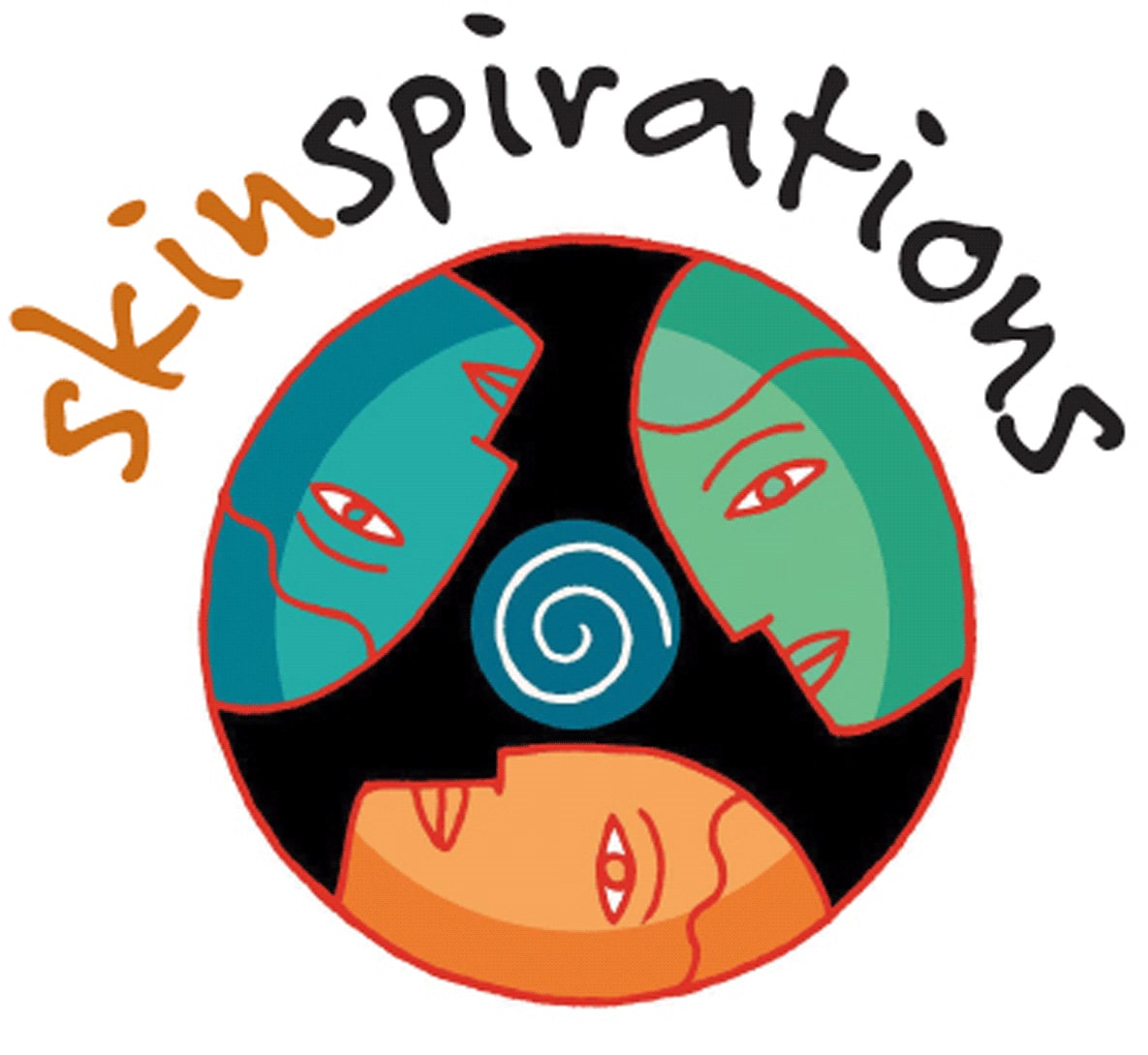Aesthetic Thread Lifts can provide an immediate lift and/or smoothing without incisions, general anesthesia, or significant downtime. Skinspirations was one of the first aesthetic practices in Tampa Bay to provide esthetic thread treatments in 2007, and practice makes perfect.
Mildly sagging or crepey, lined skin can be lifted or smoothed with absorbable threads placed under the skin’s surface. The threads are made of the same material as some of the absorbable sutures or “stitches” used in surgery. One of the benefits of these threads is that they stimulate collagen, producing results that last long after the thread has dissolved.

“Thread Lift Procedure. Have been a Skinspirations client for nearly 10 years. Here, you’ll find knowledgeable, professional, caring staff who offer the most innovative procedures and machines to enhance each individual’s features. Dr. Elliot recently did a thread lift to my forehead, jawline, and neck. The beauty of these threads is that you’ll notice immediate improvement and threads continue to tighten skin as time passes. Plus, the only thing you’ll feel during the procedure is a slight tugging. If you’ve been considering it, Skinspirations is the BEST!!! – Laurie“
Types of absorbable aesthetic threads
Most aesthetic threads are either barbed or smooth.

Barbed, or cogged, threads are used to lift the skin. The barbs “hook” the skin below the surface to hold it in place.
Barbed threads range in thickness & length so they can be used almost anywhere on the body where a small amount of traction produces desirable lifting. Popular treatment areas include the brows, jawline, cheeks, upper neck, nose, and outer eyes.
Smooth or mono threads have no barbs and are placed under the skin to make crinkled skin firmer and thicker. They’re a good treatment option for kninkles (knee wrinkles), crepey arms and necks, lines around the lips, and fine lines on the cheeks. Smooth threads are also used in the scalp to help stimulate thinning hair follicles.
The threads used in Thread Lifts are made from one or a combination of the three FDA-approved materials described below.
- Polydioxanone (PDO) stimulates the production of Type I collagen, and the threads dissolve over about six months. The collagen produced can last up to two years after the thread is gone.
- Polycaprolactone (PCL) is used to make long-lasting absorbable sutures. The longer duration of the material translates into more collagen and better support. Unlike the other two thread types, PCL increases Type 1 and 2-collagen, and hyaluronic acid. Hyaluronic acid is important for skin moisture and firmness. PCL threads can take several years to dissolve, depending on their thickness.
- Poly-L-Lactic Acid (PLLA) is another absorbable suture material and the main ingredient in the injectable skin stimulant, Sculptra. PLLA stimulates both Type 1 collagen and hyaluronic acid. The PLLA threads dissolve over about twelve months and the collagen produced lasts about two years.
How are thread lifts performed?
After we apply a local anesthetic, a blunt-tipped cannula containing a thread is inserted through a needle puncture in the skin. The cannula is tunneled below the skin’s surface to the area where slight lifting is desired, such as the jowl area or the brows. The cannula is withdrawn but the thread remains in place, with the end of it protruding from the puncture hole.
When barbed threads are used, we apply a little traction to the protruding part of the thread and the barbs “hook” the overlying skin and hold it up. The excess thread is trimmed away and the tiny punctures heal by the next day. Bruising is rare, swelling is gone by the next day, and the treatment is almost painless.

The number of threads used depends on the patient’s needs. Results are seen immediately.
The best results with thread lifts are seen when downward-pulling muscles are pre-treated with a muscle relaxant like Dysport.
Since one of the main causes of sagging facial skin is the loss of underlying volume, restoring it with injectable fillers may be the best initial treatment.
Thread lifts don’t remove redundant tissue like a surgical facelift can, so people with more than minimal excess skin or sagging are not good candidates for the treatment. Those with excessive sun damage, more than a moderate amount of facial fat, or leathery skin, also should consider other treatment options.
Potential side effects of thread lifts include infection, tenderness, bumps or dimpling of the overlying skin, bruising, and rarely, granulomatous reactions.
Prices for an absorbable thread treatment start at $400.
We’ll be happy to discuss whether absorbable threads are a good treatment option for you. Schedule a complimentary consultation online here or call us at 727-571-1923.



